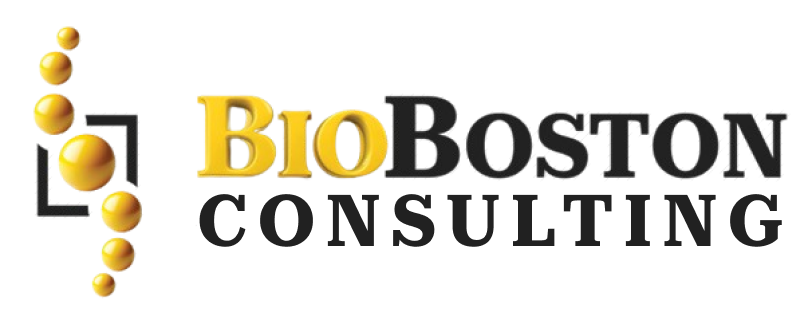As the pharmaceutical industry grapples with intense competition, shifting regulatory landscapes, and mounting pressures, companies must act decisively to stay ahead. To navigate these challenges and seize new opportunities, we have identified four critical strategies that can help pharma organizations streamline operations, enhance productivity, and maintain a competitive edge.
- Build and Strengthen Distinctive Capabilities
The future of pharma innovation will rely heavily on upgrading enterprise capabilities. To remain competitive, pharma companies must assess their current capabilities and build those that are essential for future success. Identifying the key areas where excellence is necessary and where industry standards are sufficient will help focus efforts more effectively.
For example, a leading pharma company expanding into new therapeutic areas conducted a capability assessment to identify the gaps between current and future needs. This process allowed the company to prioritize the development of essential capabilities while addressing less critical gaps through partnerships or external hires.
To close capability gaps, companies must evaluate whether to hire, acquire, build, or partner. A mix of these approaches ensures that pharma companies can adapt to the rapidly changing environment while focusing resources efficiently on critical areas.
- Simplify Organizational Structures for Agility
Complex, matrixed organizations are often slow to adapt to market changes, stifling agility, and decision-making. To address this, many pharma companies are simplifying their organizational structures. By reducing duplication and eliminating unnecessary layers, companies can bring decisions closer to customers, foster quicker responses, and provide employees with clearer roles.
One successful strategy is consolidating regions into larger units to simplify market structures. For example, a biopharma company consolidated its operations into just two regions: international and the United States. This shift reduced bureaucracy, improved decision-making, and enhanced overall efficiency.
Flattening hierarchies and expanding spans of control also play a crucial role in speeding up decision-making and enhancing responsiveness to market shifts.
- Streamline Burdensome Processes
Pharma companies often contend with time-consuming processes that waste valuable resources. Complex financial planning, performance management, and business reviews require input from multiple layers of the organization, diverting attention from high-value tasks. Streamlining these processes can free up significant time and resources.
One example of streamlining success is a mid-sized pharma company that reduced its brand planning cycle by two months. By eliminating inefficiencies and standardizing outputs, the company reduced an eight-month process into just six months, thereby allowing teams to focus more on strategic activities.
Similarly, simplifying forecasting processes has proven beneficial for some companies, with one major pharma organization cutting its planning horizon in half while improving forecasting accuracy.
- Rewire the Organization with Digital-First Strategies
Embracing digital-first strategies is no longer optional for pharma companies. The integration of AI and automation can drastically simplify processes, reduce manual workloads, and free up time for high-value tasks. Though digital transformation can initially introduce complexity, the long-term benefits are profound.
One major pharma company adopted a digital-first approach, providing a self-service portal for local offices and brand teams, which resulted in hundreds of millions of dollars in savings. Additionally, the use of AI-driven procurement analytics uncovered significant savings in a short amount of time, proving the immediate value of digital investments.
To fully leverage these digital tools, pharma companies must implement structured processes to scale AI and automation across the organization. Machine learning operations (MLOps) and other scalable AI solutions are crucial for ensuring efficient deployment and long-term success.
Conclusion: Achieving Success in Pharma’s Evolving Landscape
The pharmaceutical industry is undergoing a significant transformation, driven by evolving market conditions, regulatory changes, and technological advancements. By adopting these four strategies—building distinctive capabilities, simplifying organizational structures, streamlining processes, and embracing digital-first strategies, pharma companies can position themselves for long-term success.
Agility, innovation, and operational efficiency will be the keys to thriving in this new era of pharma. Companies that act quickly and strategically will not only overcome current challenges but also drive the next wave of industry leadership.
Partner with BioBoston Consulting to Optimize Your Pharma Strategy
At BioBoston Consulting, we specialize in helping pharma companies navigate the complexities of the evolving healthcare landscape. Our expertise in digital transformation, AI integration, and operational efficiency can help your organization accelerate decision-making, streamline processes, and build distinctive capabilities for the future.
Contact BioBoston Consulting today to learn how we can support your transformation journey and help you stay ahead in the competitive pharma market. Together, we can unlock new opportunities, enhance productivity, and drive innovation in your organization.

